 If there is one thing that I feel every student needs to learn to be prepared for life, it is problem solving skills. It doesn’t matter what subject area or class being taken, there is a level of problem solving that takes place. When you get out of school, the need for problem solving doesn’t go away.
If there is one thing that I feel every student needs to learn to be prepared for life, it is problem solving skills. It doesn’t matter what subject area or class being taken, there is a level of problem solving that takes place. When you get out of school, the need for problem solving doesn’t go away.
What I see from my JH students is a serious lack of these skills. Maybe not so much a lack of skills as a lack of initiative to utilize any problem solving skills he or she might have. Many students are just lazy. A quick side note before I get calls from parents and the administration comes to yell at me. In JH I was the poster child for laziness. Just ask my parents and former teachers. But somewhere I picked up these skills that came in mighty handy on Friday. Here is what happened.
I was on spring break. I had gotten up early, at 5 am, to play some pick up basketball. (Yes I am crazy.) So to say I was sweaty and stinky is an understatement. I came home and helped with getting my girls ready for school and got them on the bus. My wife and I had plans to run a few errands and grab lunch. She took the dog for a short walk and I jumped in the shower. A much needed shower due to the excessive stinkiness. Shortly after starting my shower the water pressure dropped significantly. So much I wasn’t sure I would get to wash all of the shampoo out of my hair.
After drying off and getting dressed, I headed downstairs to investigate. The well pump wasn’t turning on. (For those of you with public water supplies, you should be thankful.) I started to panic. The last time the well had a well issue, it was very expensive to repair. $$$$$ Here is where the problem solving came in very handy.
I knew that there is a pressure switch that tells the pump to turn on and off depending on the pressure in the tank. I Googled how to test the switch. I got a suggestion to take a volt meter (Thanks to my father-in-law for the hand-me-down OTC volt meter.) and see if it the voltage drops when the pump kicks on. I couldn’t get the pump to come on so I deduced that it wasn’t getting power. A quick look in the breaker box showed that the breaker was tripped. I reset the breaker and tested the electrical line at the switch. Still no power. I got into the breaker box and tested the line at the breaker. No power. Final conclusion, the breaker was bad.
So to test my hypothesis I noticed that I had an identical breaker that powered an air compressor. I unwired the compressor from the breaker and used it on the well. An guess what? It worked.
I did have to purchase a $10 breaker from Lowe’s to replace the malfunctioning breaker.
So the problem solving let me to think about the problem at hand. The water pressure dropped. Why? The well pump wasn’t coming on. Why? It wasn’t getting power. Why? The switch wasn’t getting power. Why? The breaker wasn’t sending power. Why? The breaker was bad.
I am not suggesting that an inexperienced home owner test and replace breakers unless they are very careful. But without problem solving I would have called the well company to come fix my problem. My guess is that it would have cost me over $100 and cost me the day. Instead I spent $10, 45 minutes and got to have lunch with my wife.
Why should problem solving be taught in schools? Because it is a part of real life.
 I know Twitter has been around for almost 10 years, but in eduction, it takes a while for things to work its way into the classroom. I am finding more and more educators using Twitter to connect with students and parents. I love seeing my colleagues tweet pictures and videos of awesome things their students are doing in the classroom.
I know Twitter has been around for almost 10 years, but in eduction, it takes a while for things to work its way into the classroom. I am finding more and more educators using Twitter to connect with students and parents. I love seeing my colleagues tweet pictures and videos of awesome things their students are doing in the classroom.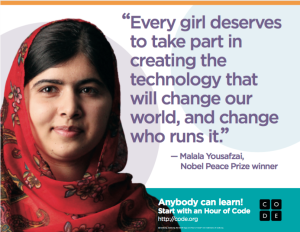
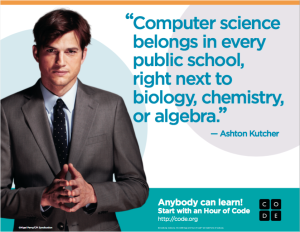
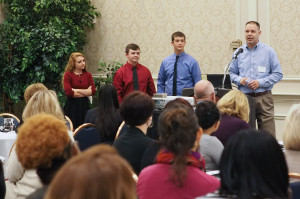
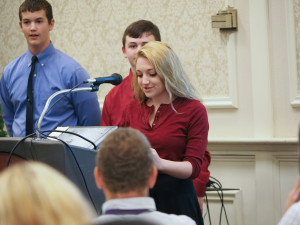
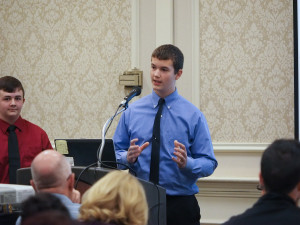

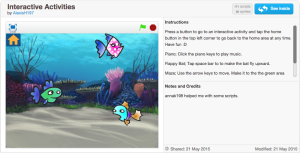
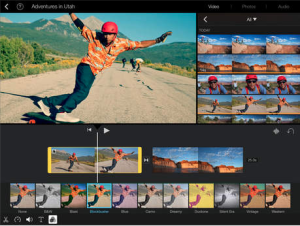 For those of you with iPads, one great tool that I feel anyone can use is iMovie. The iPad version is much simpler to use than the Mac version. Despite it being more simple, it can make a high quality movie.
For those of you with iPads, one great tool that I feel anyone can use is iMovie. The iPad version is much simpler to use than the Mac version. Despite it being more simple, it can make a high quality movie. Do you remember the 8mm reel to reel films or the film strip with the cassette player? Back in the day, showing a video required a great deal of planning. You had to reserve the projector and film strip. Some teachers were lucky enough to have a film strip projector and their own films. We then moved on to VHS tapes and DVDs. Once again, unless you owned the videos, you had to borrow, which required advanced planning.
Do you remember the 8mm reel to reel films or the film strip with the cassette player? Back in the day, showing a video required a great deal of planning. You had to reserve the projector and film strip. Some teachers were lucky enough to have a film strip projector and their own films. We then moved on to VHS tapes and DVDs. Once again, unless you owned the videos, you had to borrow, which required advanced planning. If you are looking to make relevant and real connections while being creative, try using Minecraft. Minecraft can be an incredible addition to the classroom.
If you are looking to make relevant and real connections while being creative, try using Minecraft. Minecraft can be an incredible addition to the classroom. If there is one thing that I feel every student needs to learn to be prepared for life, it is problem solving skills. It doesn’t matter what subject area or class being taken, there is a level of problem solving that takes place. When you get out of school, the need for problem solving doesn’t go away.
If there is one thing that I feel every student needs to learn to be prepared for life, it is problem solving skills. It doesn’t matter what subject area or class being taken, there is a level of problem solving that takes place. When you get out of school, the need for problem solving doesn’t go away.